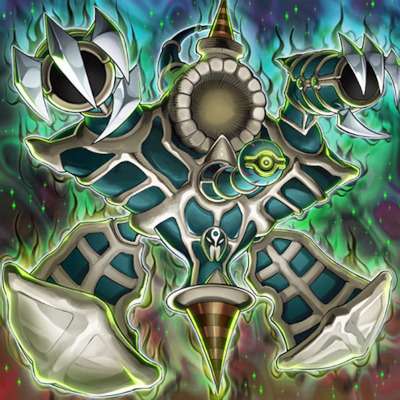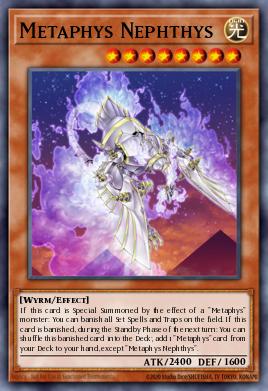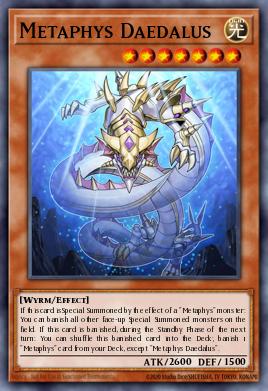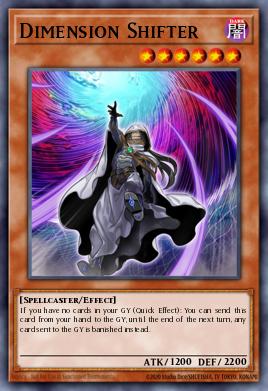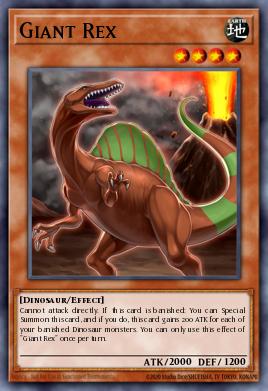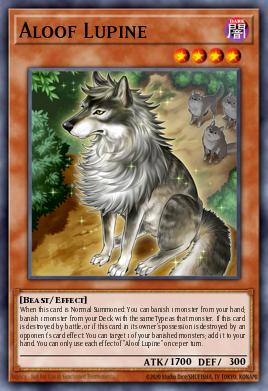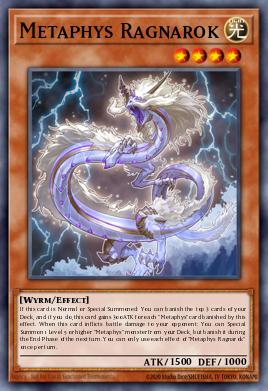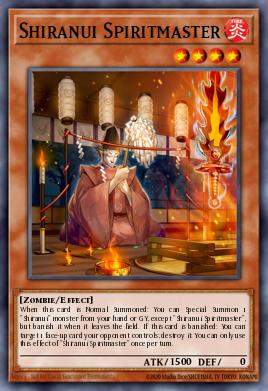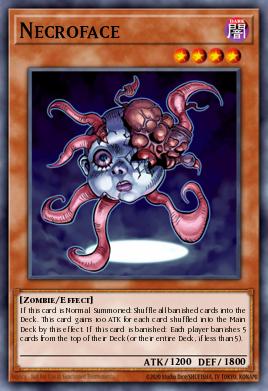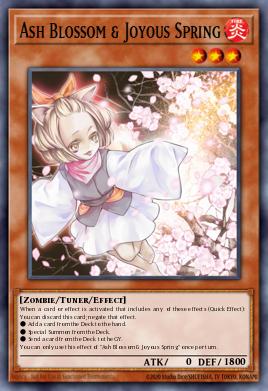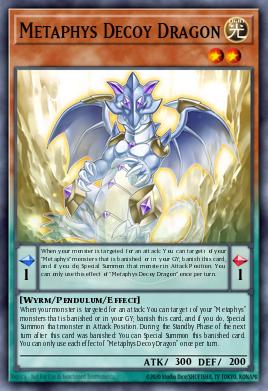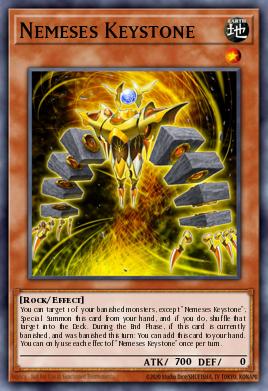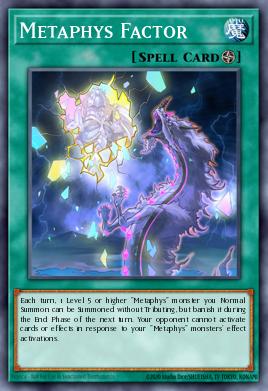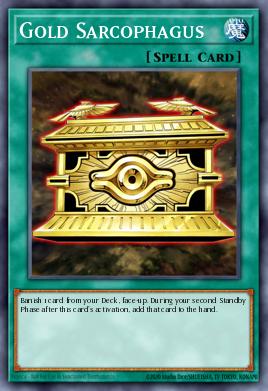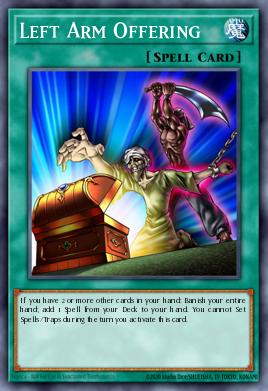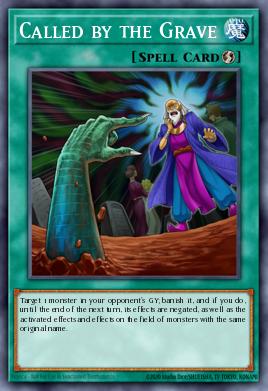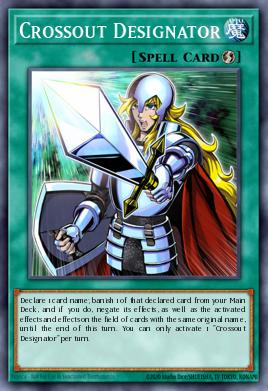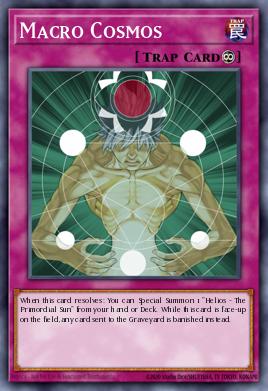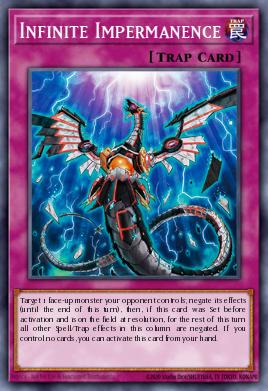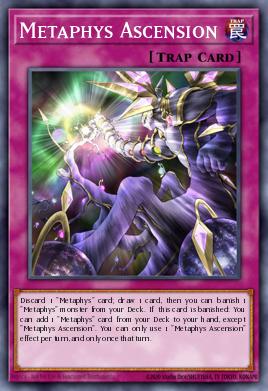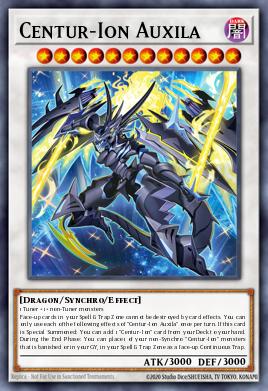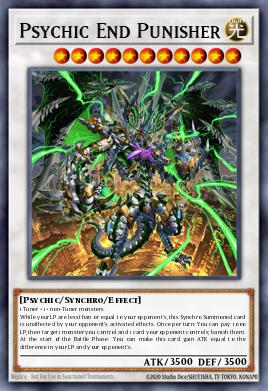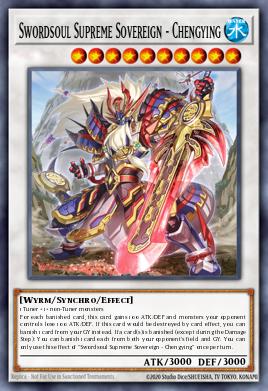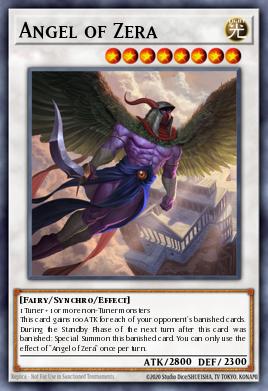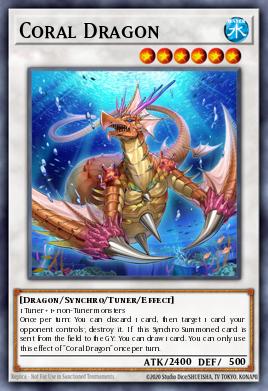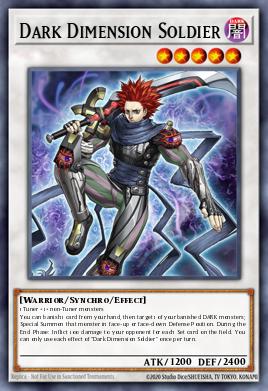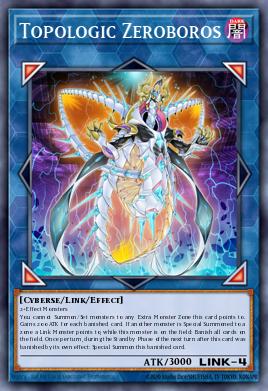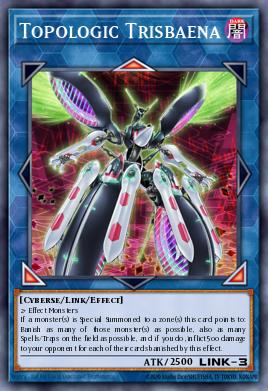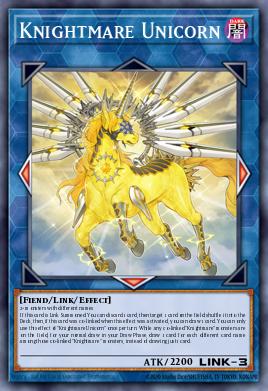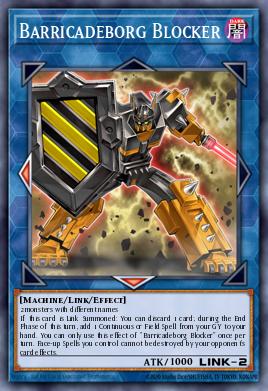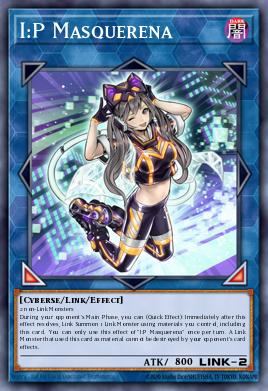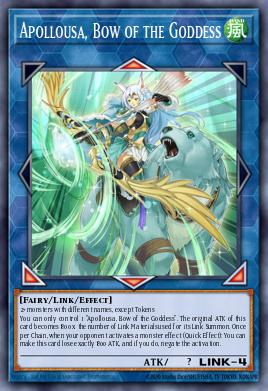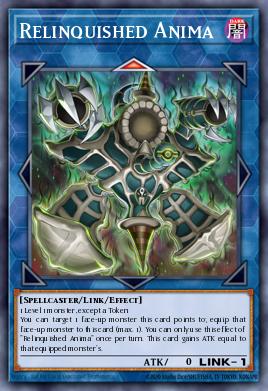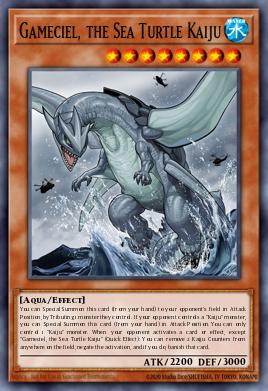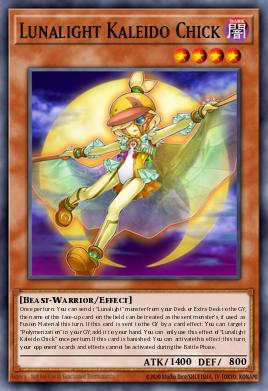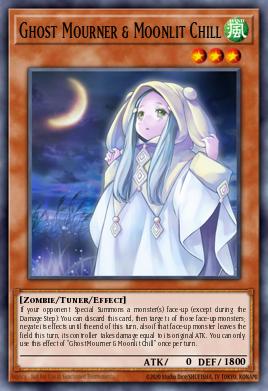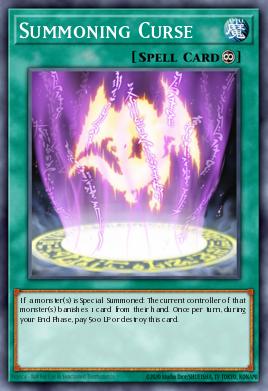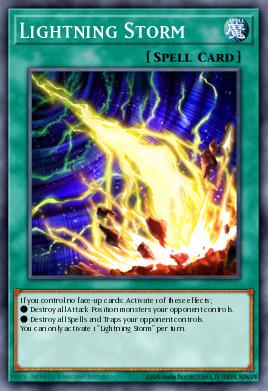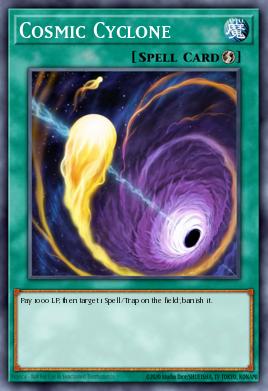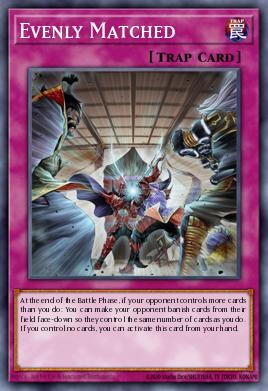Metaphys as an archetype focuses around self-banishing and gaining advantage the turn after. With the current level of support available, I don't feel the archetype can ever hold up in modern Yu-Gi-Oh as a meta pick, but it can find a niche in graveyard heavy metas. The deck struggles against back row removal, and often has trouble picking up speed, but once momentum is established you start to outvalue your opponent's plays quickly and overwhelm them.
Metaphys: The Metaphys engine is pretty searchable and recycles itself, so certain cards can be run at lower numbers without too much of a hit in consistency. Metaphys Ragnarok is a starter that can also get you into Synchro monsters, or use battle damage to summon another Metaphys card from deck. Metaphys Daedalus and Metaphys Nephthys are both board wipes you can set up, and Metaphys Decoy Dragon is probably your strongest recurrable material, and it just so happens to have a combat trick as well, so you can cheat out a board wipe in the battle phase. Asymmetaphys is a powerful spell that filters our Metaphys cards while also having good board effects on the first Metaphys banish each turn. Metaphys Dimension is a hyper powerful archetypal removal and a value engine, with both effects going off easily. Metaphys Factor is your field spell, and it protects your monster activations while also facilitating a later explosive turn.
Banishment: Since you want your side banished anyways, you'll want to run the three banishing floodgates, Dimension Shifter , Dimensional Fissure , and Macro Cosmos , all of which can set you up while debilitating your opponent. Aloof Lupine is another starter that can banish your Metaphys monsters in a pinch, but his main job is to banish Necroface from deck, using a second Necroface or an Ash Blossom & Joyous Spring from hand, as this will not only hopefully banish stuff you want to see hit, while taking options away from your opponent. Gold Sarcophagus is the single best starter in the deck, so we're also running three Crossout Designator to work as archetypal Gold Sarcs, since your Metaphys effects trigger outside the negation window. Nemeses Keystone is a fantastic free material that also reloads your deck with the important monsters. Lastly, we have Giant Rex and Shiranui Spiritmaster in the deck to get further benefit from mass banishing, the latter also being a Zombie for Aloof/Necro synergy.
Interaction: After both your main engine and your banishing engine, your interaction package can look a little light. Ash Blossom is a great hand trap that we can use for other purposes if it's a dead draw. Triple Tactics Talent is a good multitool for the deck, providing three great options to balance the game in our favour. We're also running both Called by the Grave and Infinite Impermanence as crossout targets, the former to protect D Shifter.
Extra Deck: Ragnarok being a tuner allows for easier Synchro summons, while the recurrable and temporary board building lends itself nicely to Link summons. I:P Masquerena is your strongest card in the extra deck, and would be worth running at 2-3 if the space allowed, since it both protects your link monsters summoned with it and allows you to use your recurrable materials on both players' turns. S:P Little Knight is a fantastic card to not only protect your board and debilitate your opponent's, but it also perpetuates some of your banish cards. The main Link boss in the deck is Topologic Zeroboros since it gets massive after even a short engine run, and can wipe the board on the opponent's turn to facilitate a one-shot when it comes back on your turn. On the Synchro side, we've got Dark Dimension Soldier to help us recur Necroface or Kaleido Chick, and Centur-Ion Auxila to protect our back row. Swordsoul Supreme Sovereign - Chengying is the top boss monster on the Synchro side, being both a beater and a debilitator. Angel of Zera is a self-recurring beater that can clear towers after a couple Necroface hits, then be used as material for the next play. We're also running Psychic End Punisher since our deck will need to come from behind often, and it can rev our engine while clearing the opponent's board.
Side Deck: Lunalight Kaleido Chick is an interesting tech card that can deny battle phase activations, and would be sided in against Tenpai; while not easy to banish on the opponent's turn, it could be used as material with I:P or sent with S:P. Summoning Curse is a way to punish decks focused on special summoning while also giving you potential gas. The two extra Macros should be sided in against decks with recurrable spell/traps, sometimes over two Fissures. Gameciel, the Sea Turtle Kaiju is the best kaiju for the deck, since after an Asymmetaphys it only needs a single-proc Ragnarok to beat over. Ghost Mourner & Moonlit Chill can be sided in when Ash isn't the best fit, or as a crossout target. The rest of the Side Deck is filled with cards you'll want to crossout in order to maintain your board and your plan.
Options: Metaphys Factor, Asymmetaphys, and Metaphys Dimension are highly mutable when it comes to numbers, and will likely have the most variation between decks. Having multiple copies of I:P in the extra deck lets you repeat the process on multiple turns without being forced to use Keystone to reset it. Summon Gate is another floodgate that can be used over Summoning Curse, since most of your extra deck plays are minimal each turn. Underworld Goddess of the Closed World is also a fantastic I:P target, being able to tribute their monsters on their turn. Accesscode Talker can make for good interaction in the extra deck as well, but it's second effect won't be as usable under Macro.
Building Notes: The deck can definitely gain consistency by trimming, but a somewhat larger deck also gives us more of an ability to self banish. I've found that 42-46 cards feels good depending on the build. I've also neglected some of the other common hand traps and interaction cards due to mechanical interactions, cards such as Droll & Lock Bird , Forbidden Droplet , and Effect Veiler are shut off under Macro so I'm less inclined to include them as either interaction or a crossout target. However, your Crossout package is where you have the most choice dependant on local and current meta, but also the least space; I've included a more basic package focused more on protecting our back row. And please, D.D. Crow me, I dare you.
RIP Linkuriboh , you and Nemeses Keystone were best friends in this deck :'(
 Cool
0
Cool
0
 Funny
0
Funny
0
 Angry
0
Angry
0
 Sad
0
Sad
0
